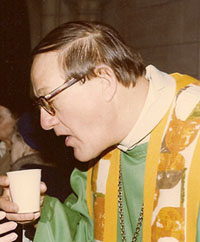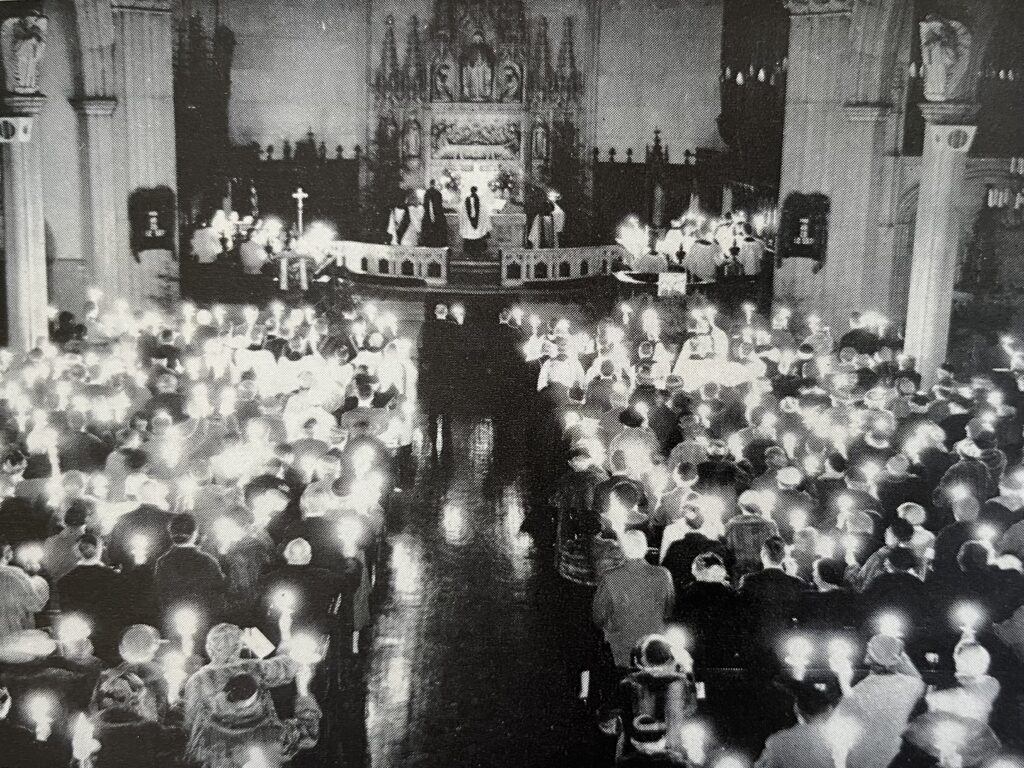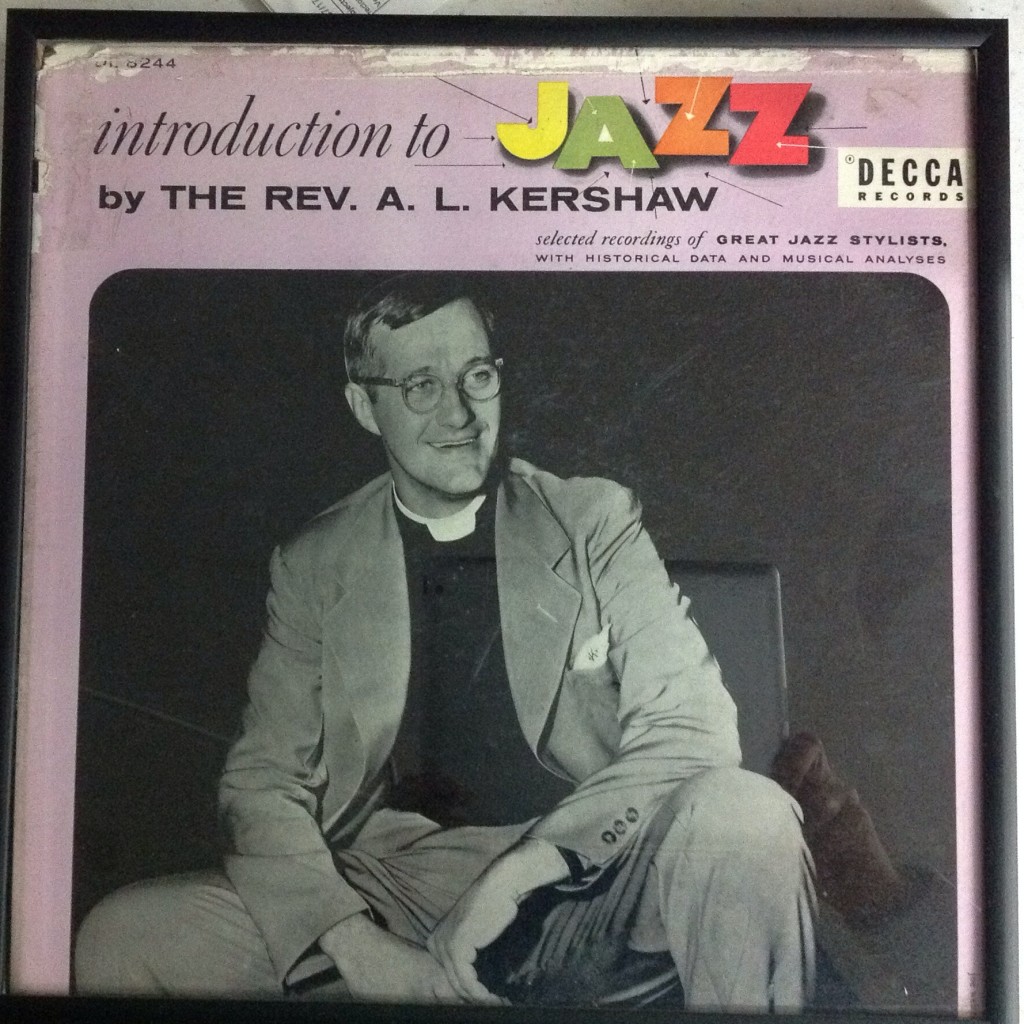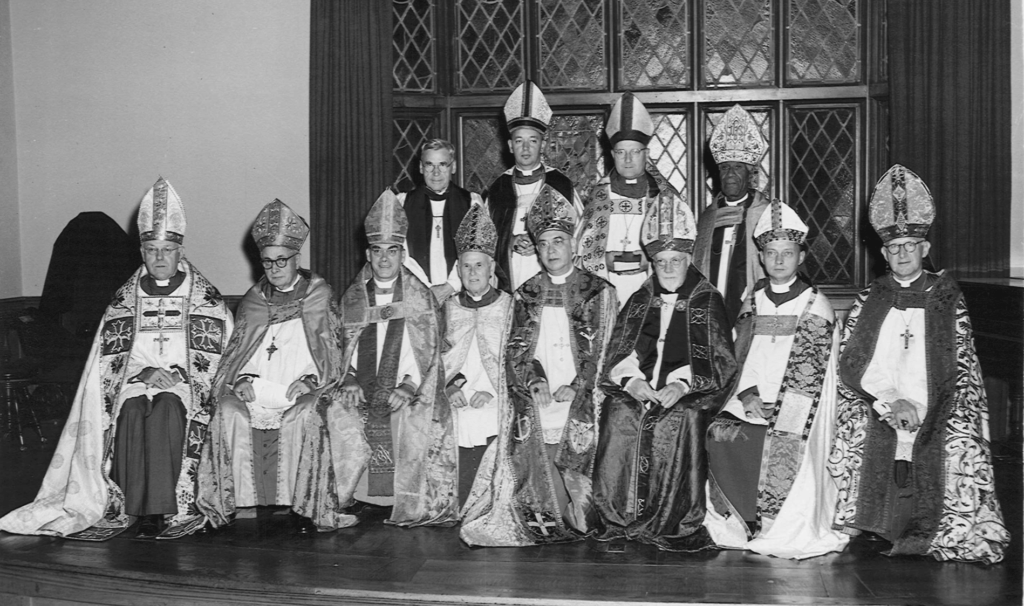Jan. 14. The Rev. Alvin L. Kershaw served as master of ceremonies for the first Boston Globe Jazz and Blues Festival, held at the Boston War Memorial Auditorium (now the Hynes Convention Center).
April 24. More than 500 people attended a jazz service with Al Kershaw presiding. Trumpeter Herb Pomeroy and his sextet played saxophonist Edgar (Ed) Summerlin‘s “Liturgy of the Holy Spirit”, with text based on the Eucharistic Prayer of Hippolytus (c. 217 CE) and adapted by the New York poet William Robert Miller.
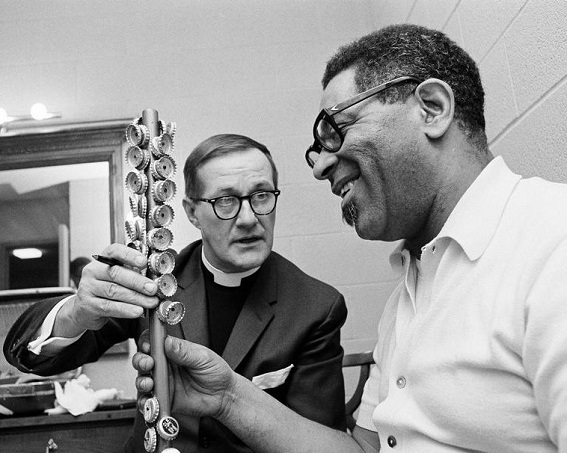
The Rev. Al Kershaw & Dizzie Gillespie. Thanks to MetroWest Daily News for this image.


